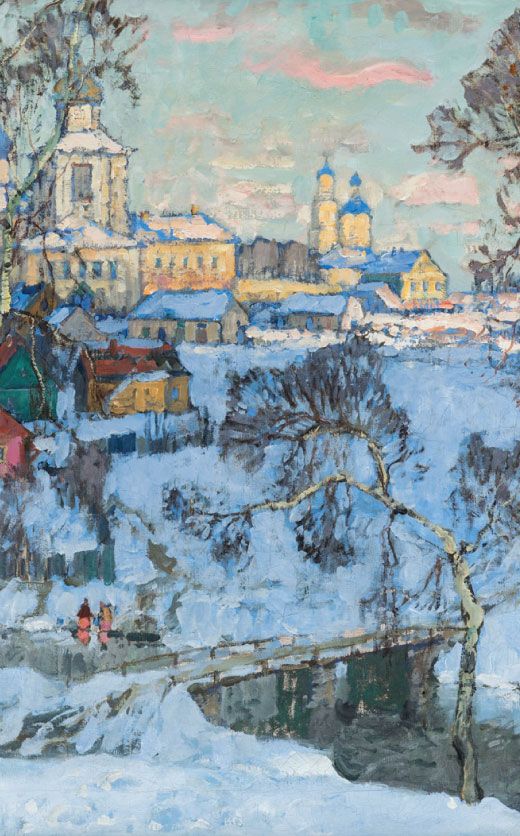19th C. Senufo / Ligbi Double-Faced Kpelie Mask
Lot 61
About Seller
Artemis Fine Arts
686 S Taylor Ave, Ste 106
Louisville, CO 80027
United States
Selling antiquities, ancient and ethnographic art online since 1993, Artemis Gallery specializes in Classical Antiquities (Egyptian, Greek, Roman, Near Eastern), Asian, Pre-Columbian, African / Tribal / Oceanographic art. Our extensive inventory includes pottery, stone, metal, wood, glass and textil...Read more
Categories
Estimate:
$1,500 - $2,500
Absentee vs Live bid
Two ways to bid:
- Leave a max absentee bid and the platform will bid on your behalf up to your maximum bid during the live auction.
- Bid live during the auction and your bids will be submitted real-time to the auctioneer.
Bid Increments
| Price | Bid Increment |
|---|---|
| $0 | $25 |
| $300 | $50 |
| $1,000 | $100 |
| $2,000 | $250 |
| $5,000 | $500 |
| $10,000 | $1,000 |
| $20,000 | $2,500 |
| $50,000 | $5,000 |
| $100,000 | $10,000 |
| $200,000 | $20,000 |
About Auction
By Artemis Fine Arts
Aug 22, 2025
Set Reminder
2025-08-22 10:00:00
2025-08-22 10:00:00
America/New_York
Bidsquare
Bidsquare : Indigenous Art - Ralph T. Coe Center, Santa Fe, NM
https://www.bidsquare.com/auctions/artemis-gallery/indigenous-art---ralph-t-coe-center-santa-fe-nm-20324
Featuring works of art from the Ralph T. Coe Center for the Arts in Santa Fe, New Mexico, a non-profit focused on promoting Indigenous Arts globally. All proceeds from the sale of these items will support future grants to Rehoming Program participants. Artemis Fine Arts info@artemisfinearts.com
Featuring works of art from the Ralph T. Coe Center for the Arts in Santa Fe, New Mexico, a non-profit focused on promoting Indigenous Arts globally. All proceeds from the sale of these items will support future grants to Rehoming Program participants. Artemis Fine Arts info@artemisfinearts.com
- Lot Description
West Africa, Ivory Coast, Senufo or Ligbi culture, ca. late 19th to early 20th century CE. This rare double-faced kpelie mask was created for use in ancestor (kpelie) rituals of the Poro (or Lo) secret society of the Senufo peoples. Though worn exclusively by men, the kpelie embodies the ideal of female beauty and perfection. In Poro philosophy, it represents the Great Mother - the ultimate ancestor and giver of life - whose grace, wisdom, and creative force sustain the community. The tall, vertical projections at the crown of this mask represent horns, possibly those of an antelope, linking the image to the animal's attributes of strength, agility, and spiritual potency. The flaring, lateral projections along the cheeks refer to the elaborate coiffures worn by Senufo women, symbolizing maternal elegance and dignity. In its doubled form, the mask features two identical, serene visages joined together - a powerful visual metaphor for duality, balance, and the harmonious union of complementary forces. Size: 3" L x 8.1" W x 13.6" H (7.6 cm x 20.6 cm x 34.5 cm)
Ligbi masks are similar to their Senufo neighbors' kpeliye masks. The Ligbi tribespeople make masks with pointed chins, semi-closed eyes, and raised scarifications framed by wing-like projections. In this example, the composition features two faces crowned with a horn on each head, suggesting they are not separate individuals but rather a single unified entity. This stylistic blend means the mask could represent either Senufo or Ligbi tradition.
Kpelie masks served multiple ceremonial roles: they appeared in initiation rites to guide youth into adulthood, in agricultural festivals to invoke fertility and prosperity, and in funerary ceremonies to honor the dead and ensure their peaceful transition to the ancestral realm. The refined carving, with its high forehead, narrow eyes, and delicately modeled lips, reveals the sculptor's deep knowledge of Senufo ideals and artistic conventions. This example, with its unusual twin-faced composition, offers a rare and evocative interpretation of the kpelie tradition, underscoring the Senufo vision of harmony between the physical and spiritual worlds.
Exhibited: Stedelijk Museum Amsterdam Tentoonstelling van oude Negerplastieken from 8 to 31 January 1927, "Collectie Kunstzaal van Lier" ; possibly also exhibited in the Cleveland Art Museum due to old collection labels on verso.
Published: Stedelijk Museum Amsterdam Tentoonstelling van oude Negerplastieken van 8-31 januari 1927, Collectie Kunstzaal van Lier, 120 Rokin Amsterdam, #19; Bas van Lier, "Carel van Lier: marchand et pionnier" Tribal Arts Magazine, Art Tribal, Winter 2004, vol. 7.
Provenance: Ralph T. Coe Center for the Arts, Santa Fe, New Mexico, USA, acquired in 2010 via descent; ex-private Ralph T. Coe collection, Santa Fe, New Mexico, USA, acquired via inheritance in 1959; ex-Ralph M. Coe collection, purchased in 1927 by Louise M. Dunn, educational curator at the Cleveland Museum of Art, on behalf of Ralph M. Coe; ex-Carel van Lier collection, Amsterdam, Netherlands
All items legal to buy/sell under U.S. Statute covering cultural patrimony Code 2600, CHAPTER 14, and are guaranteed to be as described or your money back.
A Certificate of Authenticity will accompany all winning bids.
We ship worldwide and handle all shipping in-house for your convenience.
#196110Small loss to lower right side of verso. Some areas of old inactive, insect damage, as well as nicks and abrasions. Circular wear marks on verso probably from old base. Otherwise, excellent presentation with nice patina and good detail. Old collection labels on verso possibly from the Cleveland Museum of Art. Nail with suspension wire on verso for display.Condition
- Shipping Info
-
All shipping is handled in-house for your convenience. Your invoice from Artemis Fine Arts will include shipping calculation instructions. If in doubt, please ask before bidding for estimated shipping costs for individual items.
-
- Buyer's Premium



 EUR
EUR CAD
CAD AUD
AUD GBP
GBP MXN
MXN HKD
HKD CNY
CNY MYR
MYR SEK
SEK SGD
SGD CHF
CHF THB
THB













